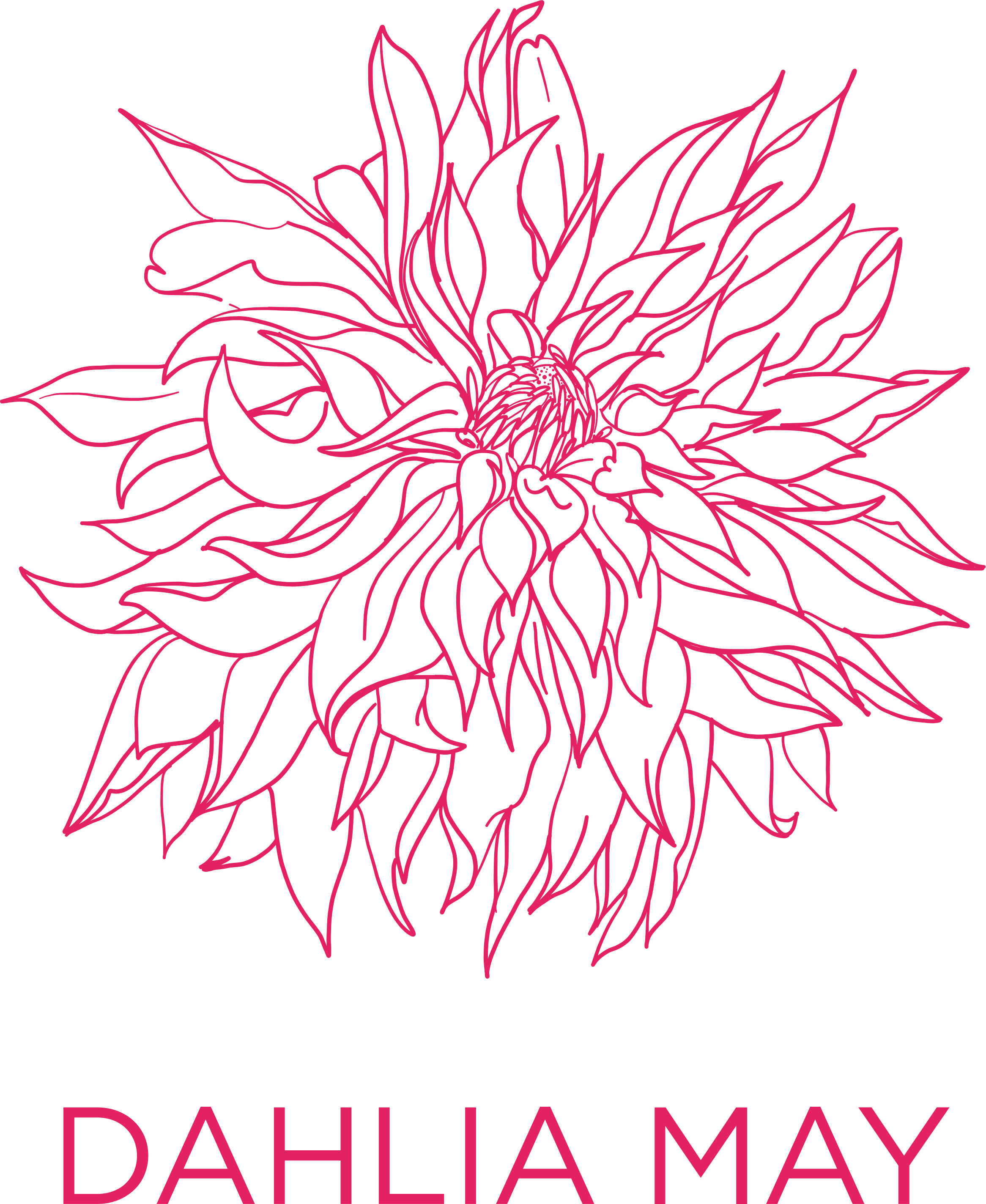Ranunculus and Anemone Resources
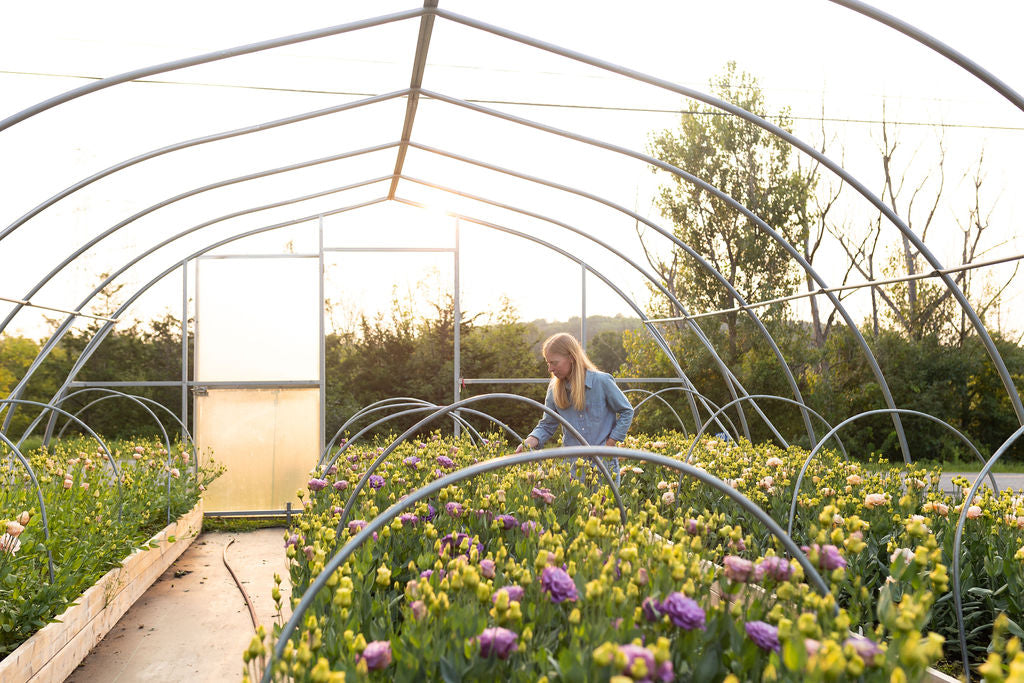
A Guide to Canadian Seed Growers & Sellers
A Guide to Canadian Seed Growers & Sellers What can we do when times feel uncertain?Aside from the obvious: staying informed, and building community online and —more importantly—offline, we can...
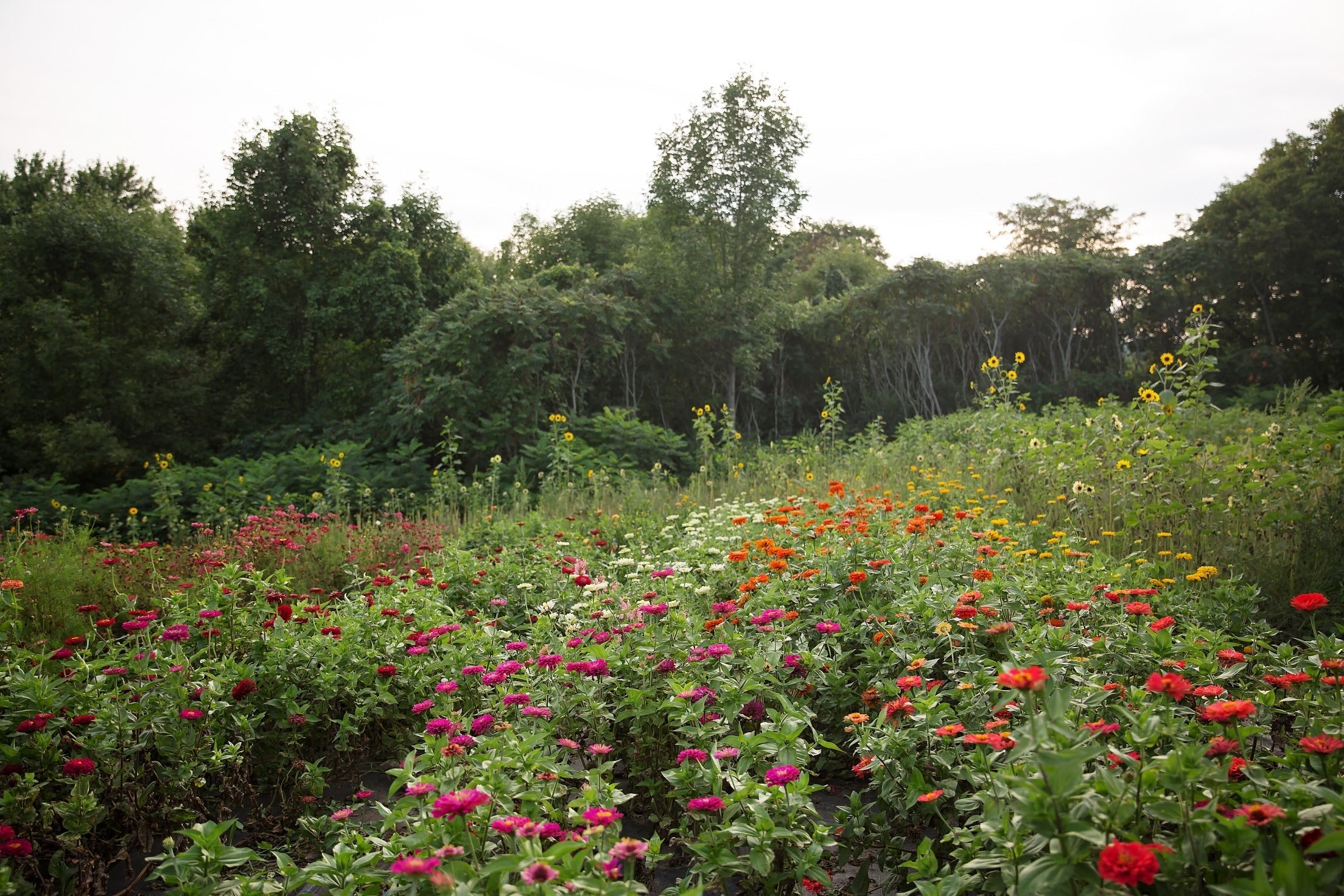
A Guide To Canadian Seed Sellers
A Guide To Canadian Seed Sellers What can we do when times feel uncertain?Aside from the obvious: staying informed, and building community online and —more importantly—offline, we can plant seeds.M...
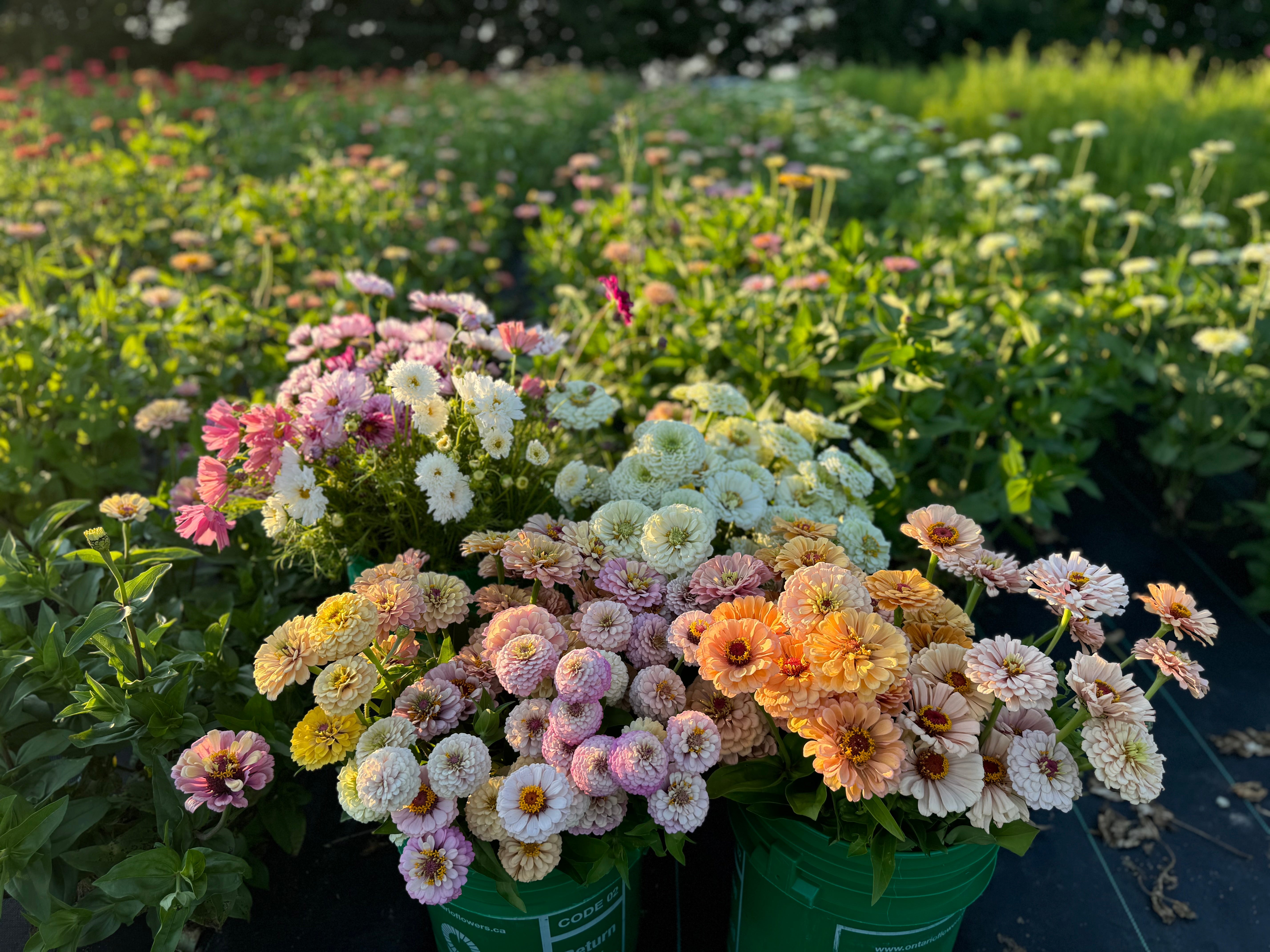
A Guide To Canadian Seed Growers
Part One Of Our Guide: Seed Growers What can we do when times feel uncertain?Aside from the obvious: staying informed, and building community online and —more importantly—offline, we can plant see...
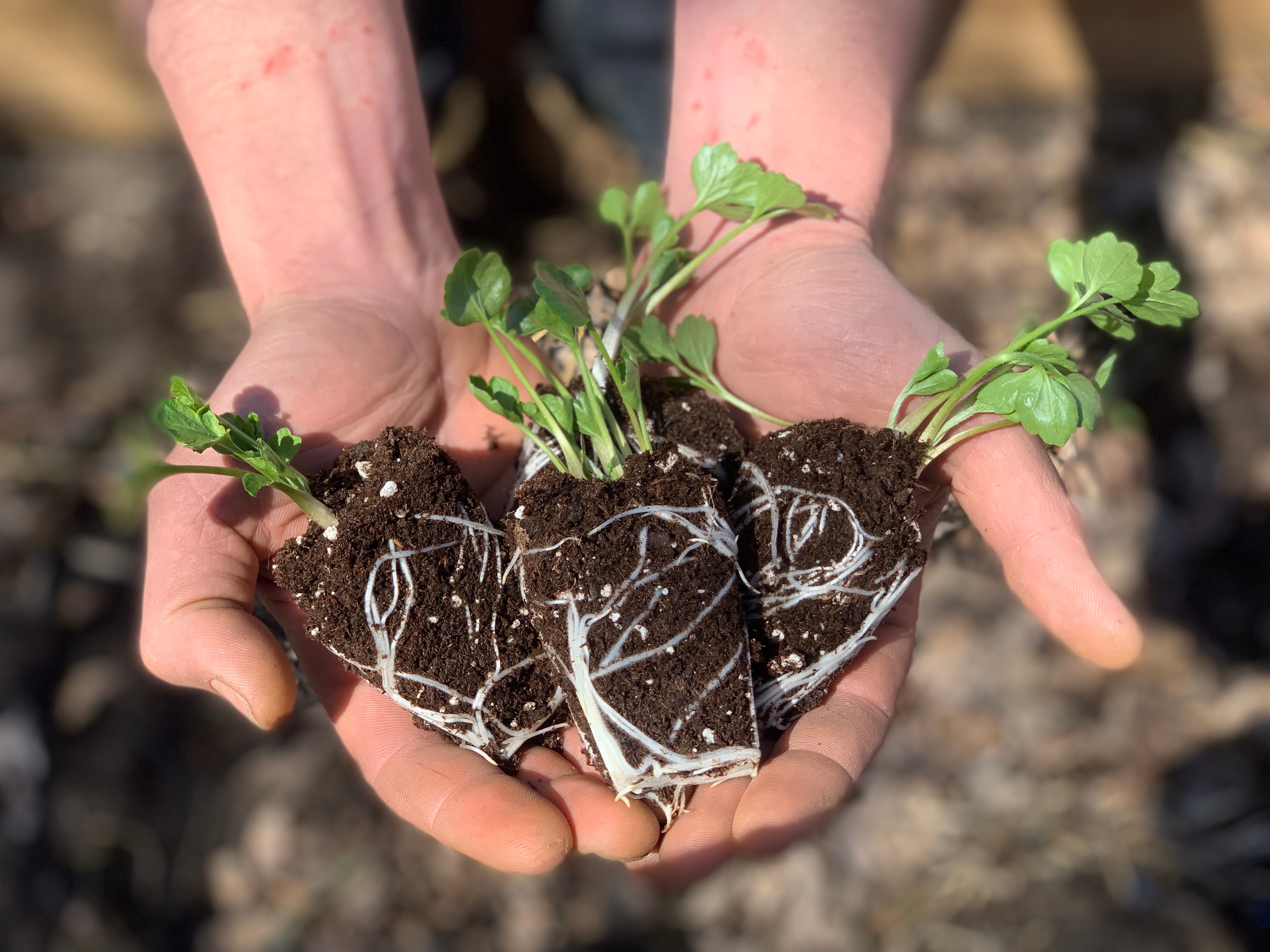
How To Grow Ranunculus and Anemones
How to grow Ranunculus It’s hard not to fall in love with Ranunculus —ruffled double blooms, an incredible range of colours, prolific flower production in the early spring, and wide range of colo...
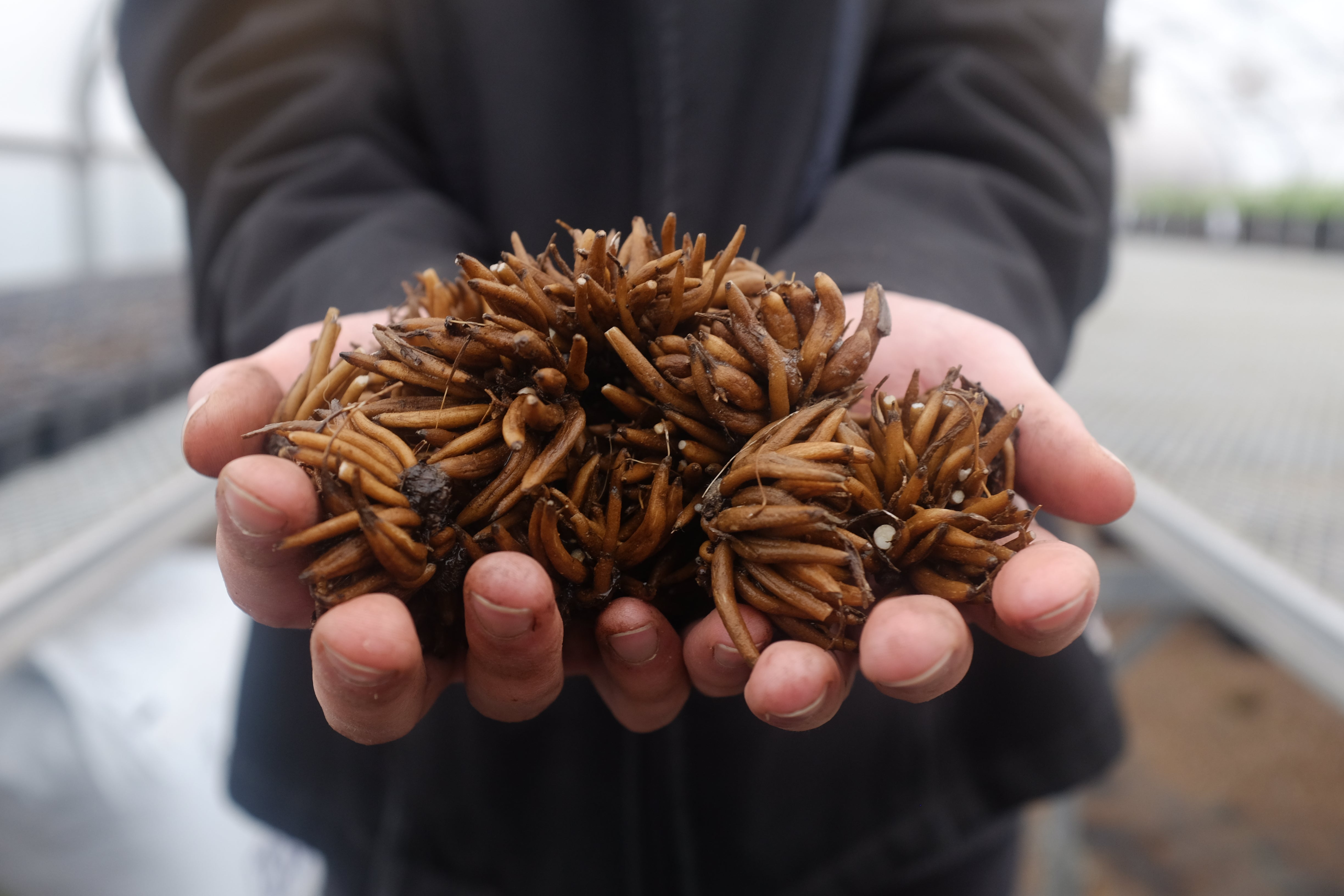
FAQ: Growing Ranunculus & Anemones PT 1
It’s that time of year where we’re ALL thinking spring thoughts! And one of those spring thoughts might be trying your hand at growing your own Ranunculus and Anemones in your garden this year. The...
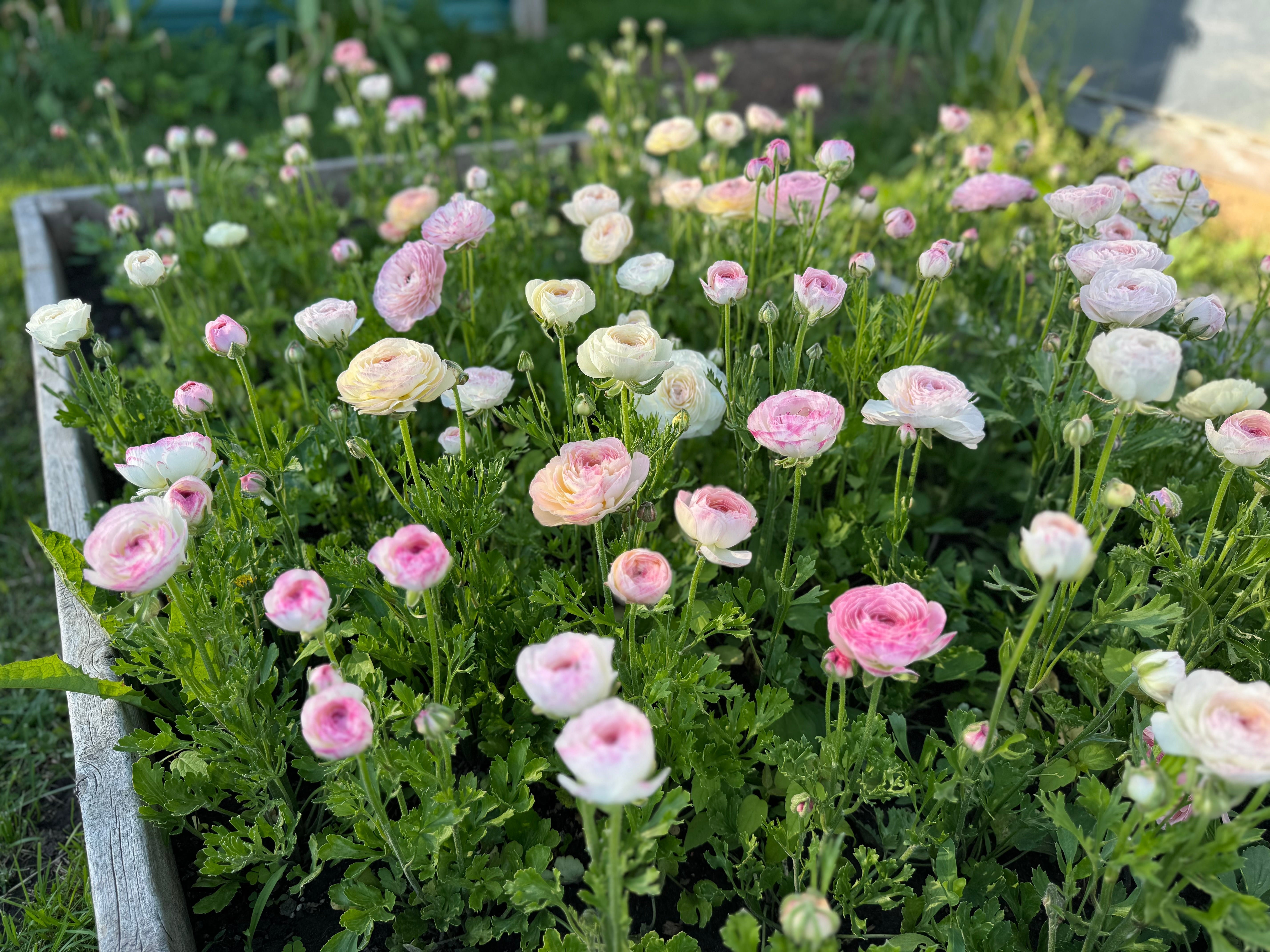
FAQ: Growing Ranunculus & Anemones Pt 2
Lots of questions often arise when it comes time to plant Ranunculus and Anemones, and with good reason. They are not quite as simple to plant as say, a tulip, but, with proper instructions the pro...
